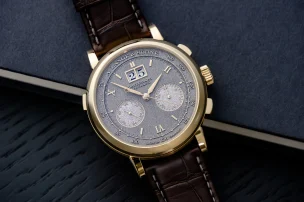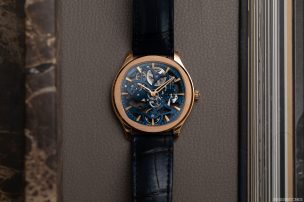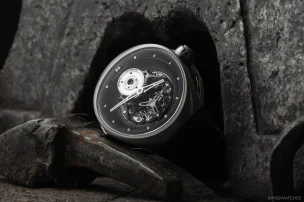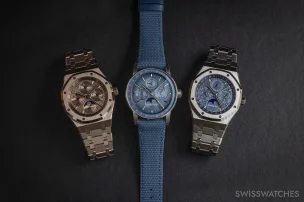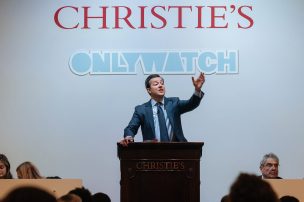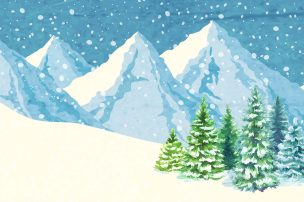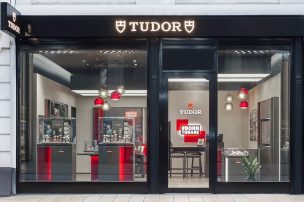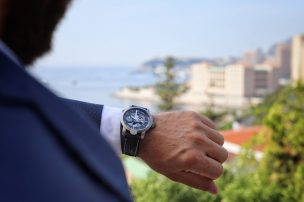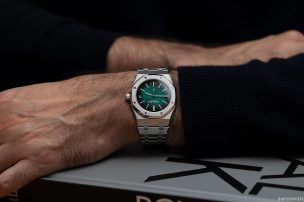
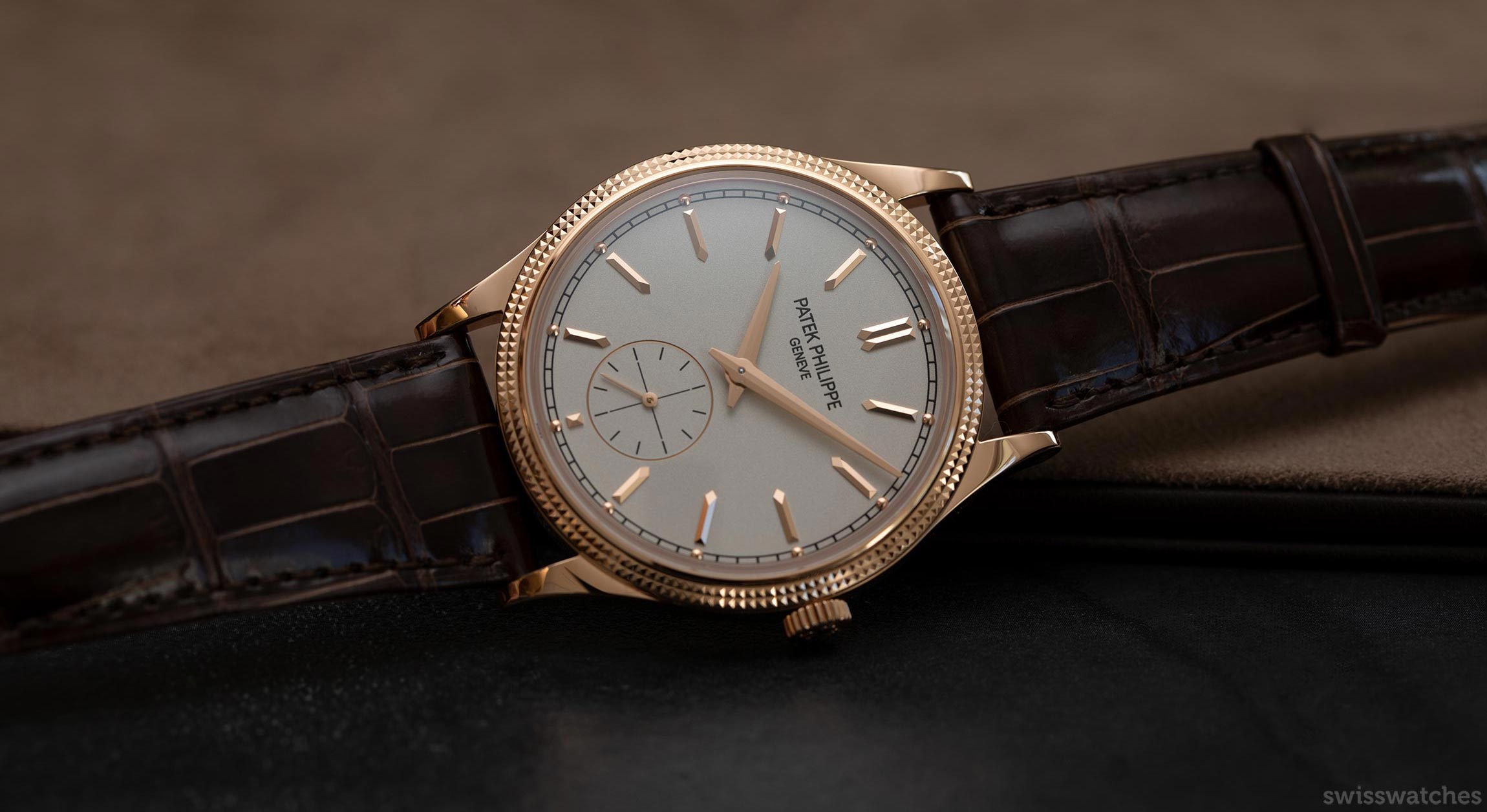
Patek Philippe: The New Calatrava “Clous de Paris” 6119G and 6119R
The incredible hype surrounding the Nautilus and the recently introduced olive-green Reference 5711/1A-014 is what it is. Likewise, excitement for Patek’s “Grandes Complications” is very much understandable. However, it is the Calatrava collection, with its classical appeal and versatile wearability, that stands for far more than the (price) entry into the world of Patek Philippe.
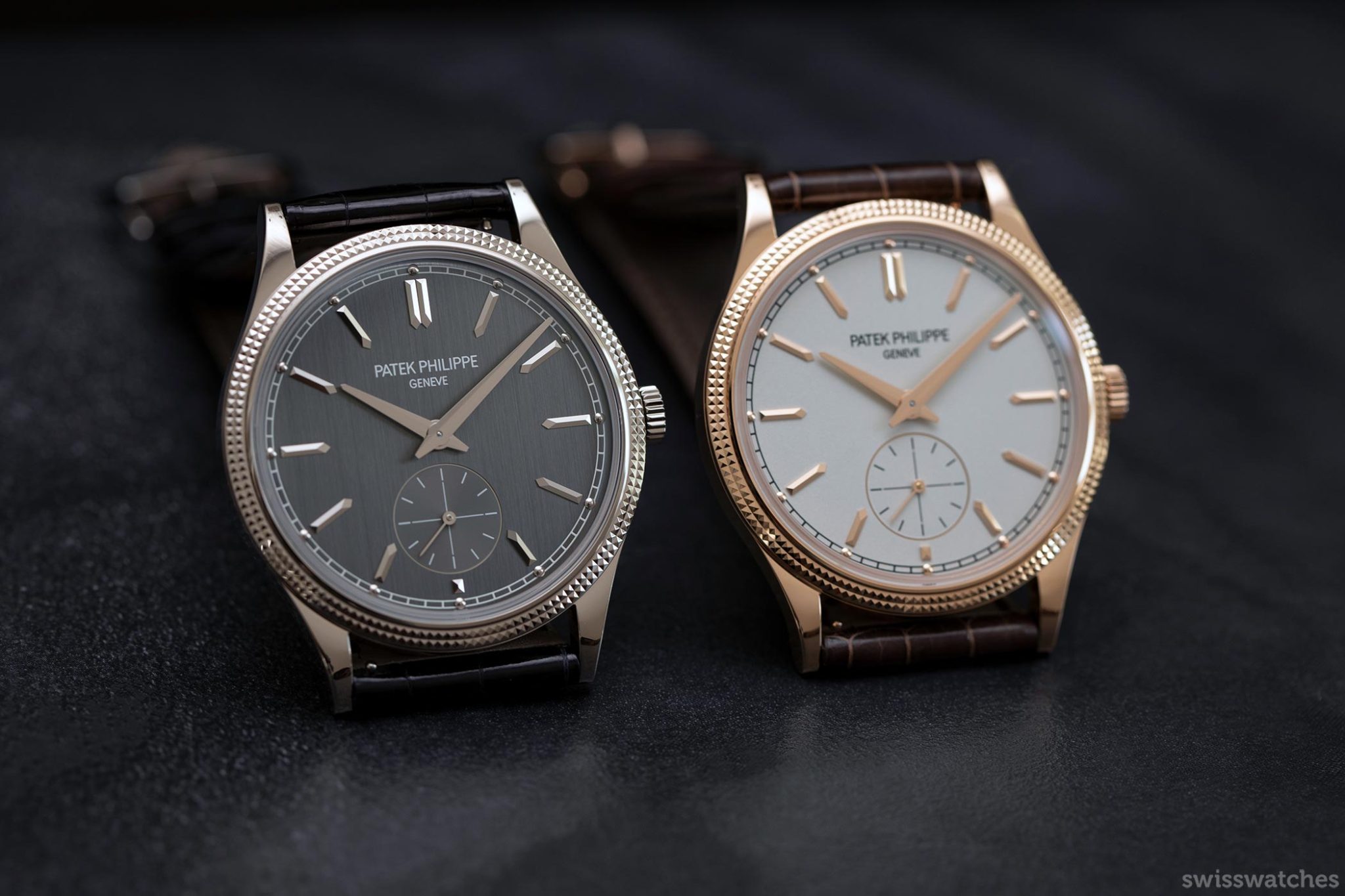
In fact, the line is of the greatest economic importance for the manufacture. This is precisely why Calatravas, produced in higher quantities than the most complex models of the horology house, shape Patek Philippe, not to mention its value and fundamental aesthetic ideals, both as a brand and what it stands for. For this reason alone, the two new references 6119G and 6119R deserve the greatest attention.
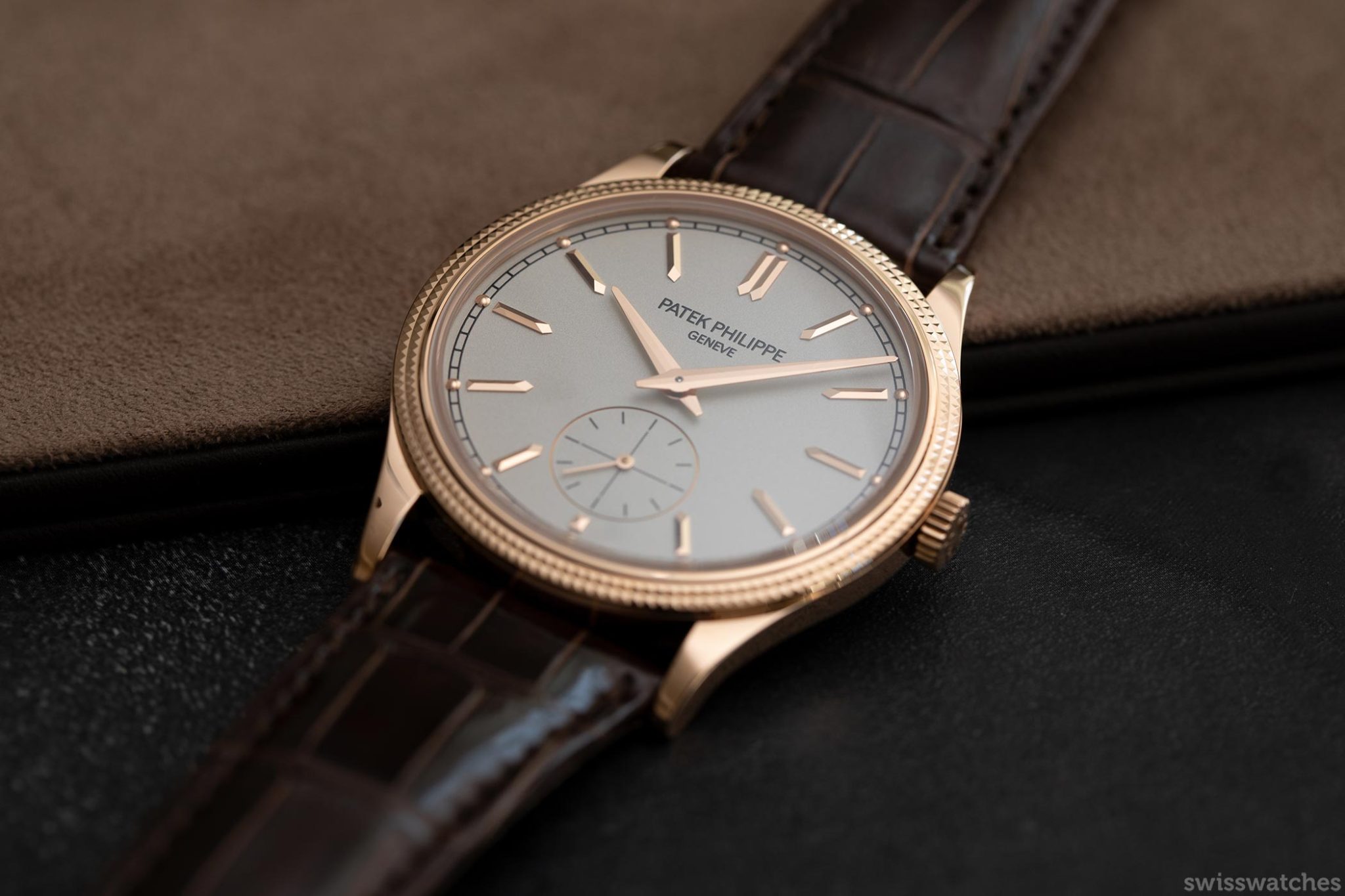
The Aesthetics: Looking back and looking forward
Recently, there has been speculation about Patek wanting to bring the Calatrava back into the focus of the Nautilus-fixated public by releasing new pieces. However, it is not in the Calatrava’s nature to be pushed into the limelight. After all, the Calatrava is known as the finest form of dress watch: present, but never obtrusive. Perfectly worn with a suit, yet pretty much universally applicable to any outfit. Always extremely elegant; a timeless look is always more important than the current zeitgeist. That the new rose-gold version with a silvery grained dial (6119R) and white-gold version with a charcoal grey dial (6119G) are also extremely beautiful is pretty hard to deny.
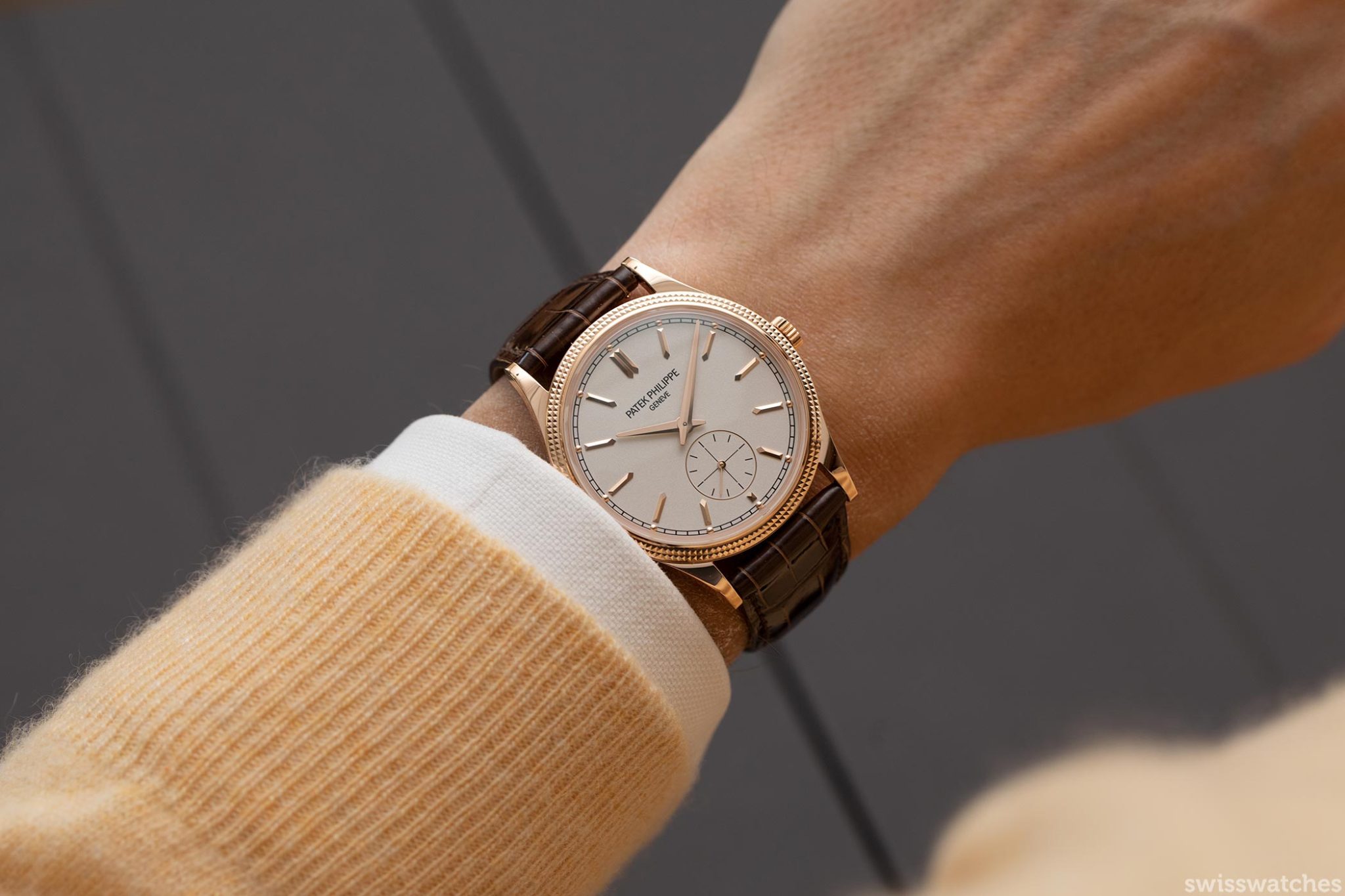
That said, the special features of the duo only come to light when one views them within the context of other Calatravas. This is because they combine some of the most popular design elements of the past, and at the same time take a big step forward.
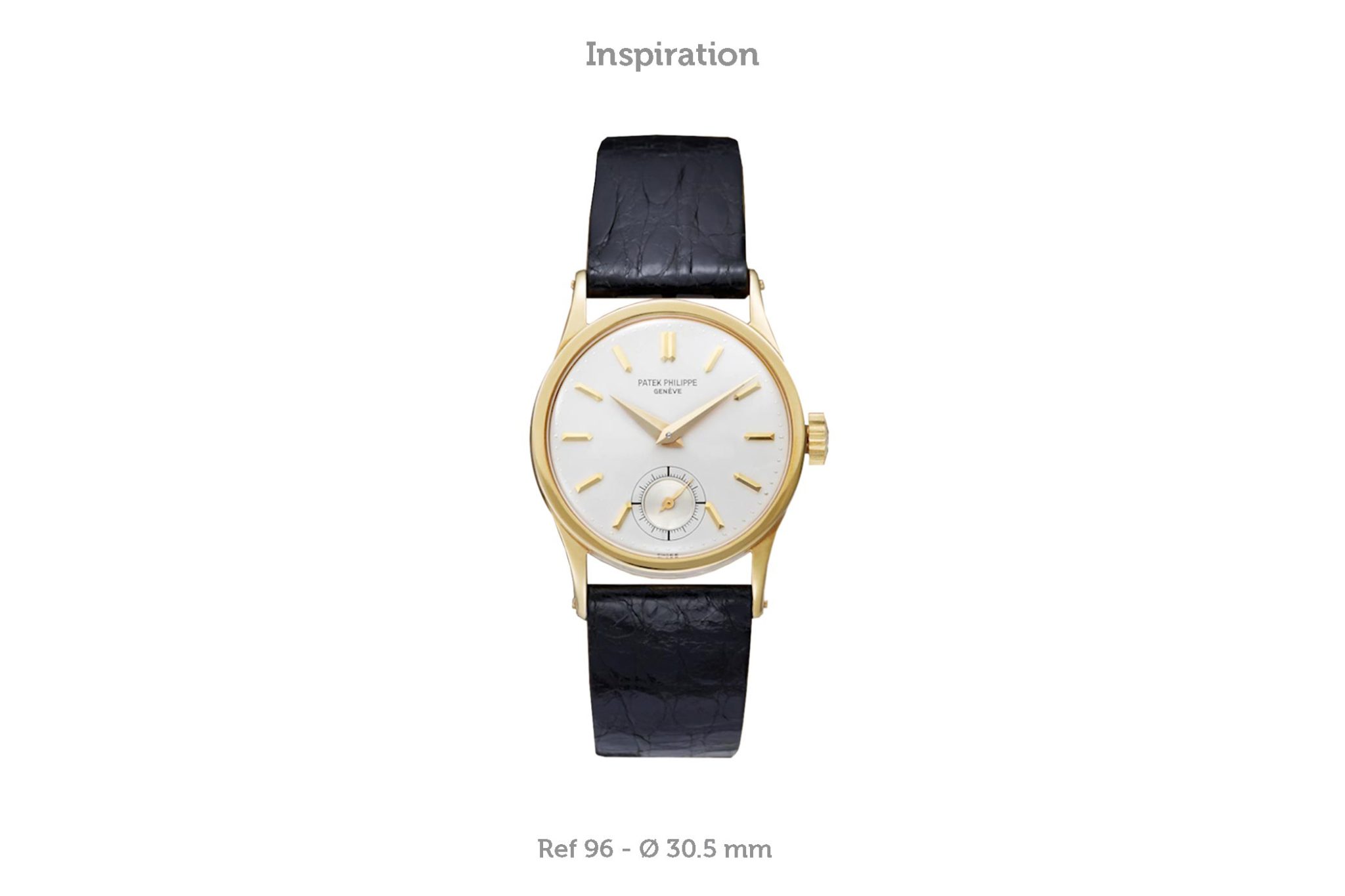
While the first Calatrava in 1932, Reference 96, had a 31 mm diameter, the two new models measure 39 mm. This makes them among the largest references in the current Calatrava collection. However, considering alternative offerings such as the Endeavour Centre Seconds from H. Moser & Cie. (40 mm) or the Patrimony Automatic from Vacheron Constantin (40 mm), they are still petite and contemporary.
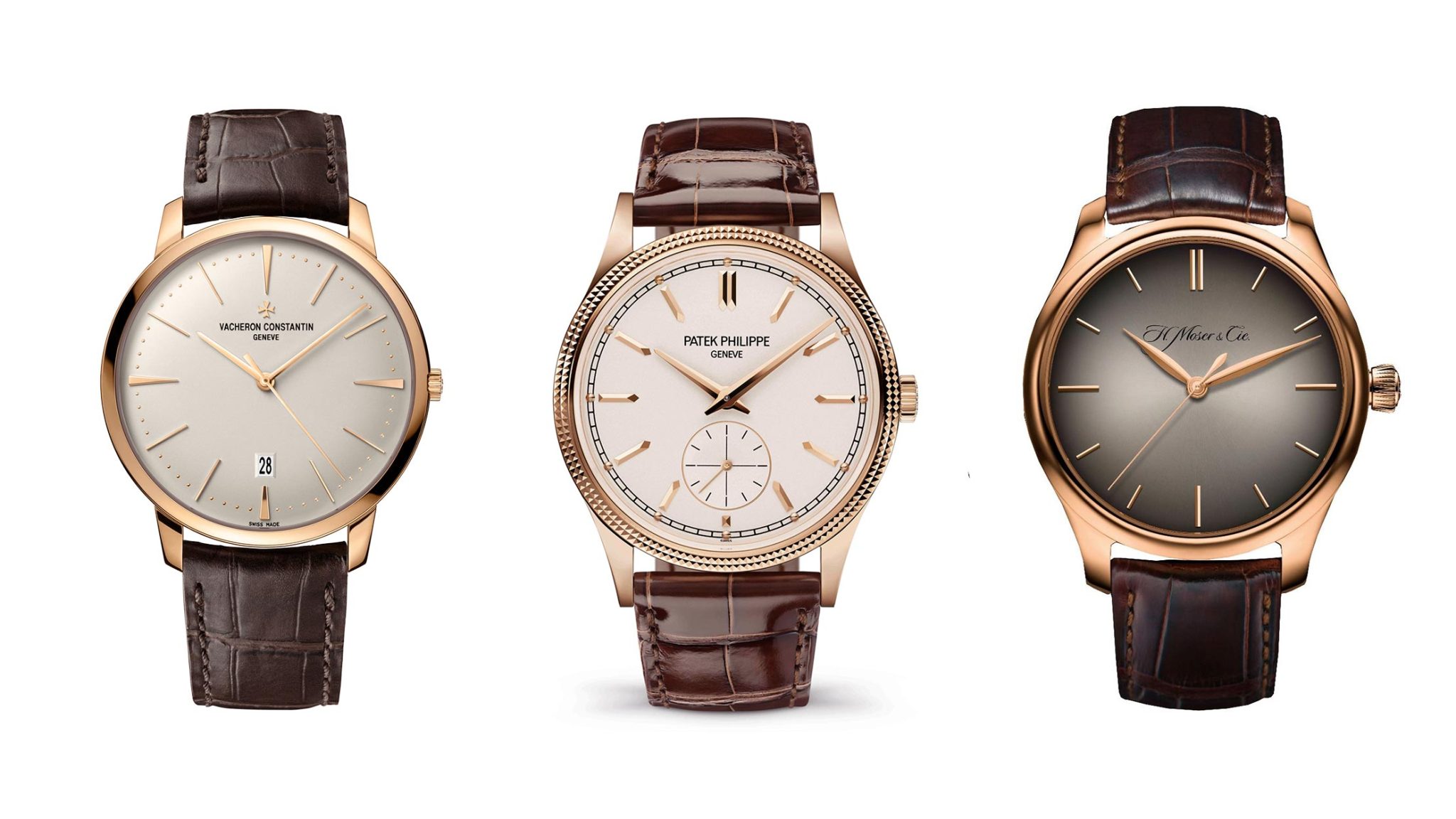
A bezel with “Clous-de-Paris” decoration
In any case, the fact that both models are undoubtedly eye-catching is not due to their size, but rather due to their Clous-de-Paris bezels. This design, also known as a “hobnail” pattern, was first used in 1934 on the Reference 96D (D for Décor). It has been a classic in Calatrava and Patek Philippe design ever since. The most famous representative of the modern era is the 1985 Reference 3919. Remaining in production for over 20 years, it is now known as the modern Calatrava.
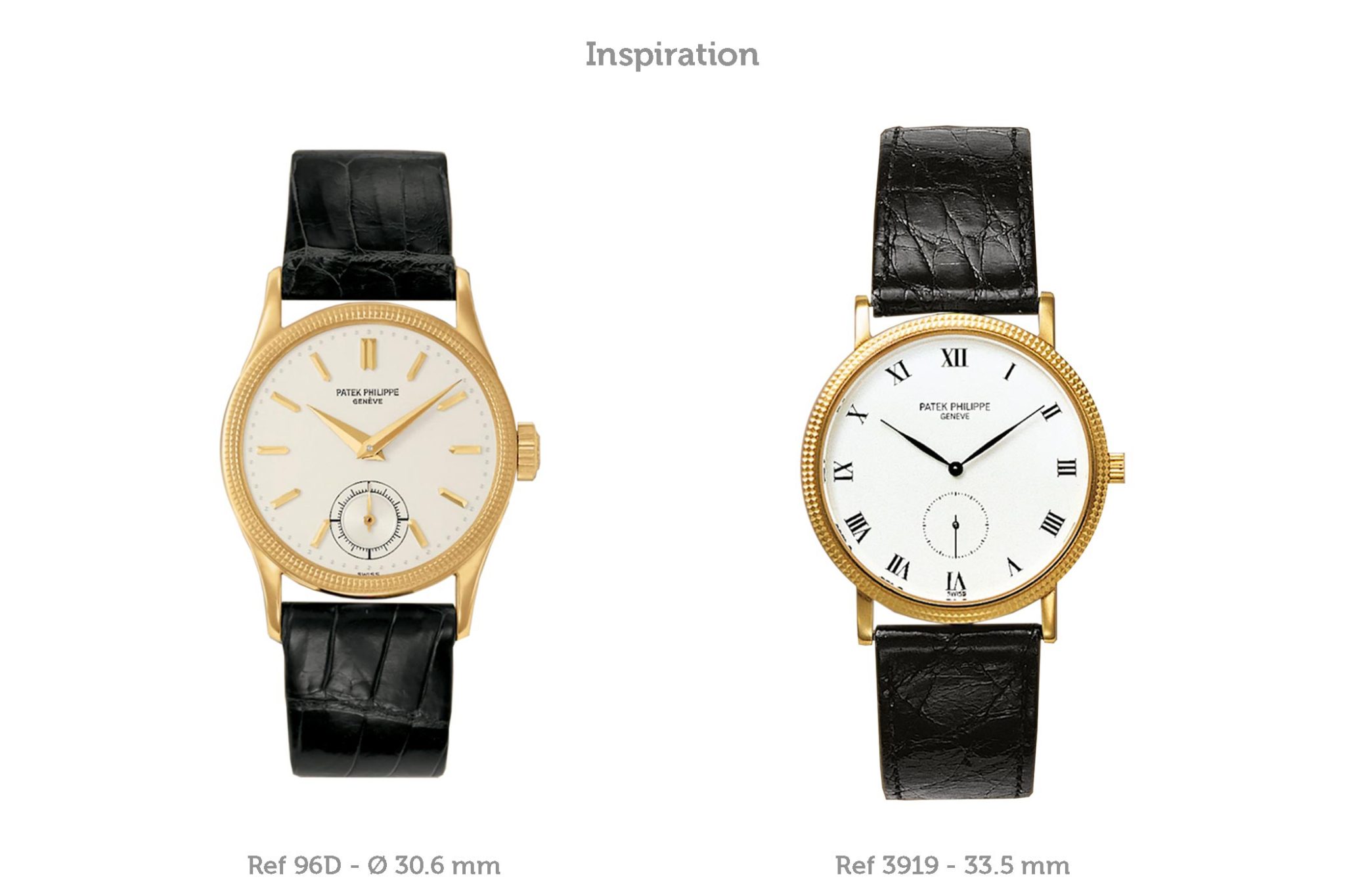
Returning to the models at hand, the reworked guilloché bezels in Clous-de-Paris bring out numerous light reflections. This makes the two watches glimmer on the wrist, as well as appear a tad larger than they really are. The decoration will bring special joy to all those Patek aficionados who worry that the manufacture could forget its old design values as it moves into the future. After all, no model with Clous-de-Paris finishing has been part of the collection since pieces like the perpetual calendar Reference 5039.
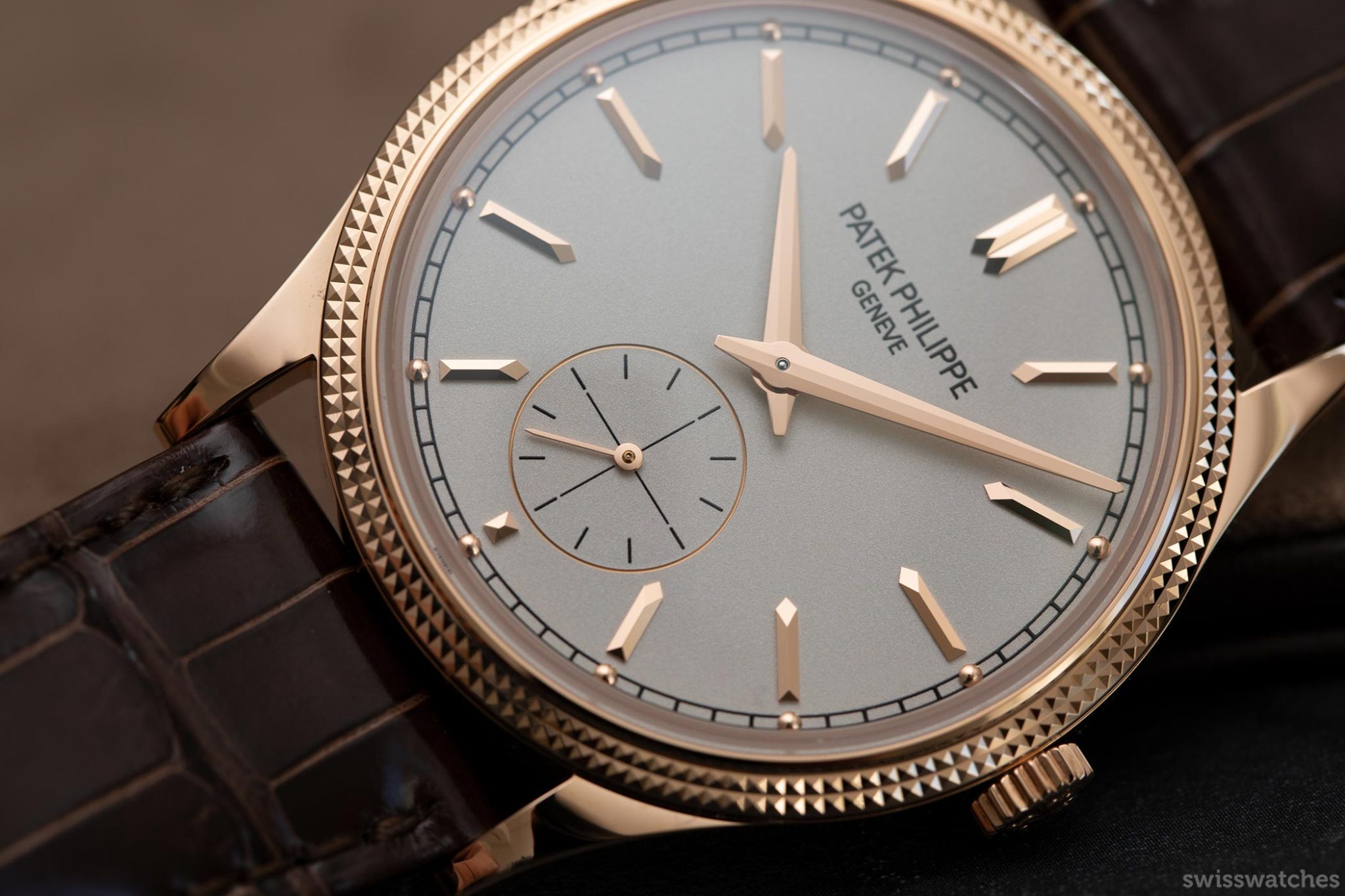
With the small seconds at six o’clock, the dials of the two new Calatravas are typically minimalist. This makes sense, of course, given their original design was strongly influenced by the purist, function-driven Bauhaus style.
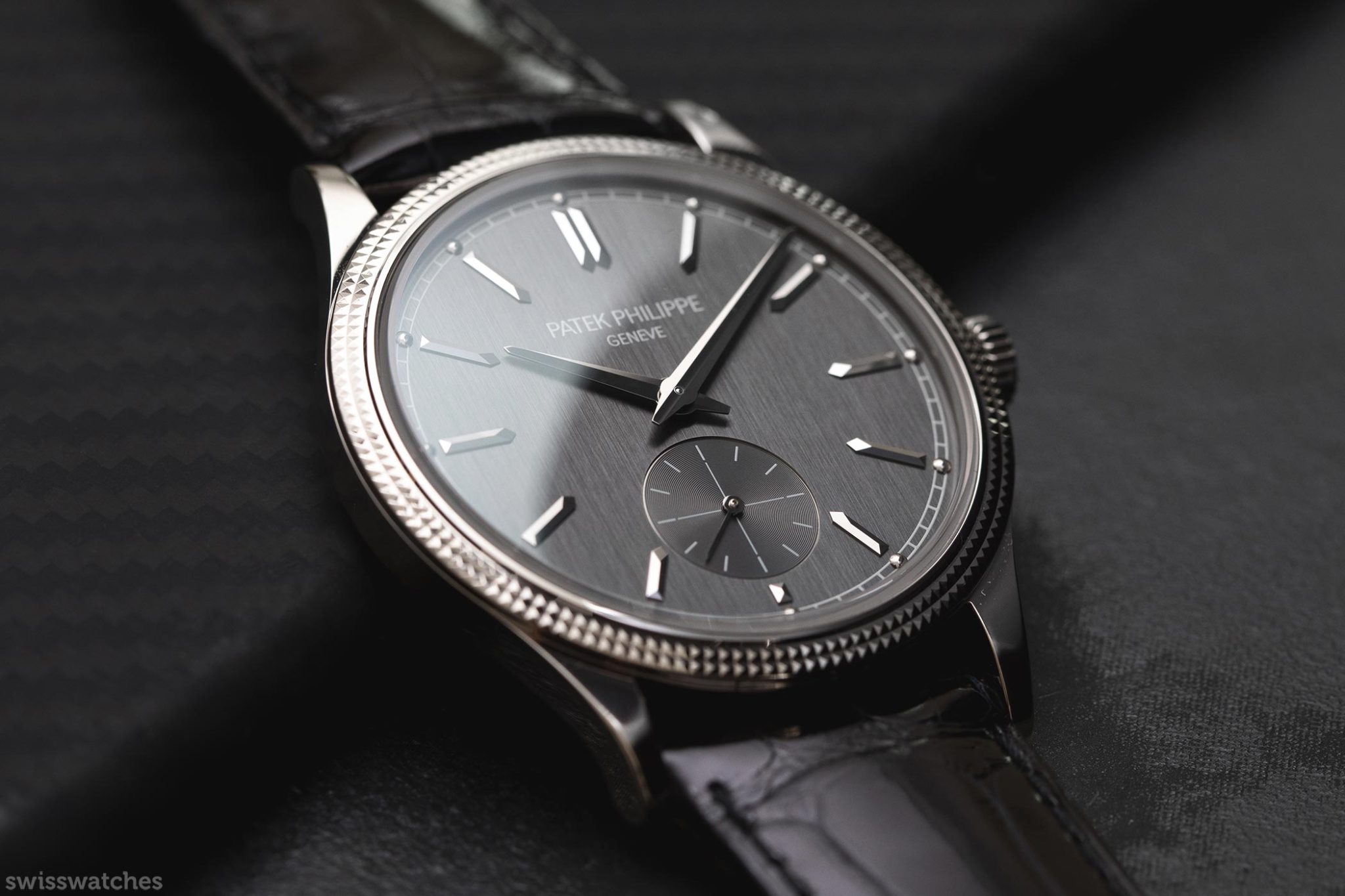
Colour and dial combination
The charcoal grey dial of the Reference 6119G, with its vertical satin finish, resembles the dial of the annual calendar Reference 5235 and exudes a fairly modern feel. By contrast, the silver-grained dial of the rose-gold Calatrava looks as flawless as it is elegant. Thanks to the sapphire crystals being raised slightly above the case vertically, the dials are also extremely easy to read.
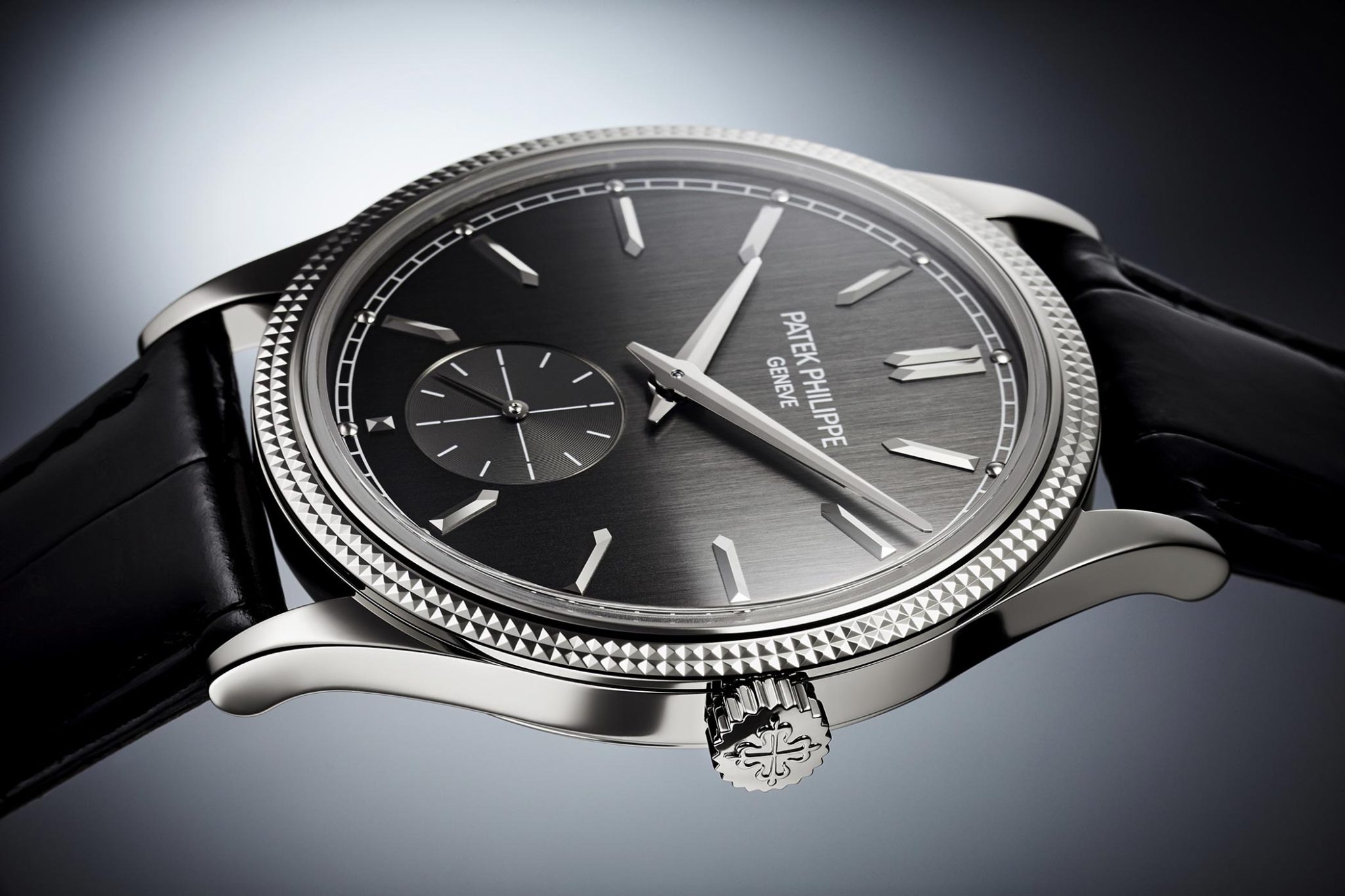
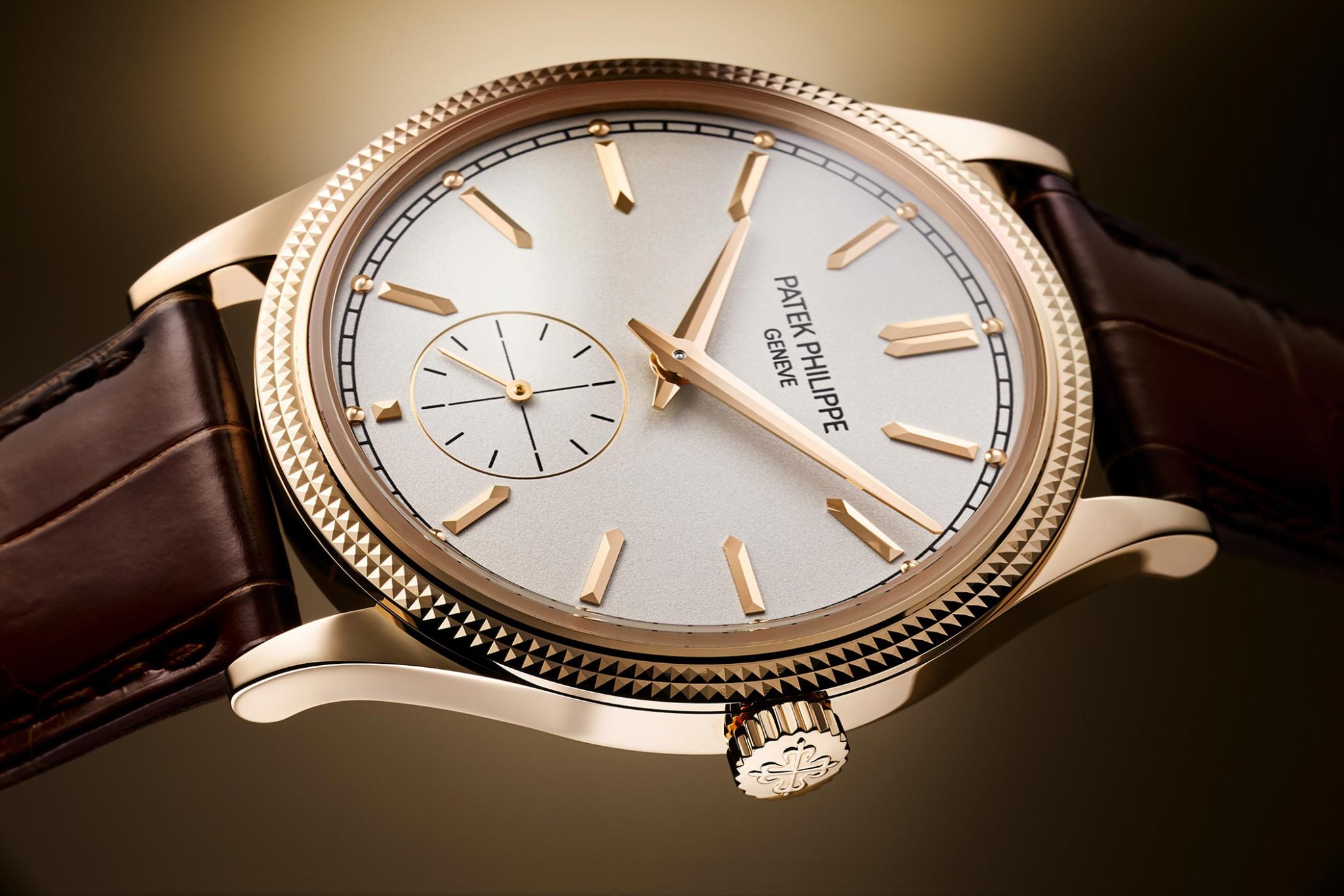
Both colour and dial combinations have their own unique appeal. The white-gold model perhaps has more of a metropolitan, black Prada designer look, while the rose-gold version evokes associations with tweed jackets and country clubs.

In a direct and very personal comparison, the rose-gold version wins for me at this point. Contrasting with its silver dial, the watch has a charming retro-vintage touch on the one hand, yet still appears modern overall. This aesthetic feels like a recipe for success in 2021. It comes with a chocolate-brown shiny alligator strap, but would certainly look terrific paired with a grey strap as well. Meanwhile, the white-gold Calatrava comes with a shiny black one.
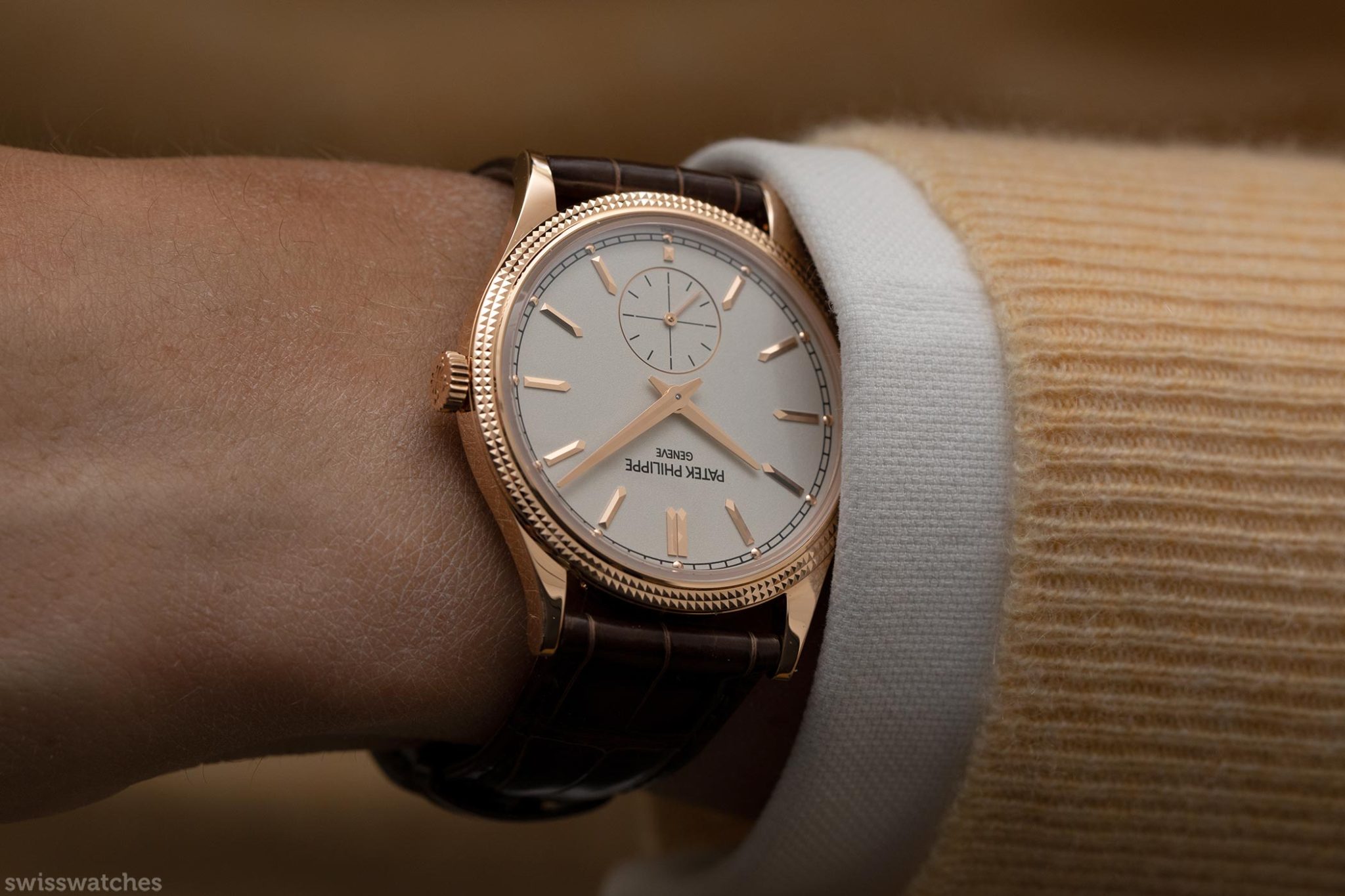
Inner value: Calibre 30-355 PS
While the other 39 mm Calatrava watches use an automatic movement, powering the two latest models is the calibre 30-255 with manual winding and stop-seconds. This is replacing the long-used calibre 215, which was smaller in diameter – so small, in fact, that it didn’t even fill the more petite predecessors of the novelties.
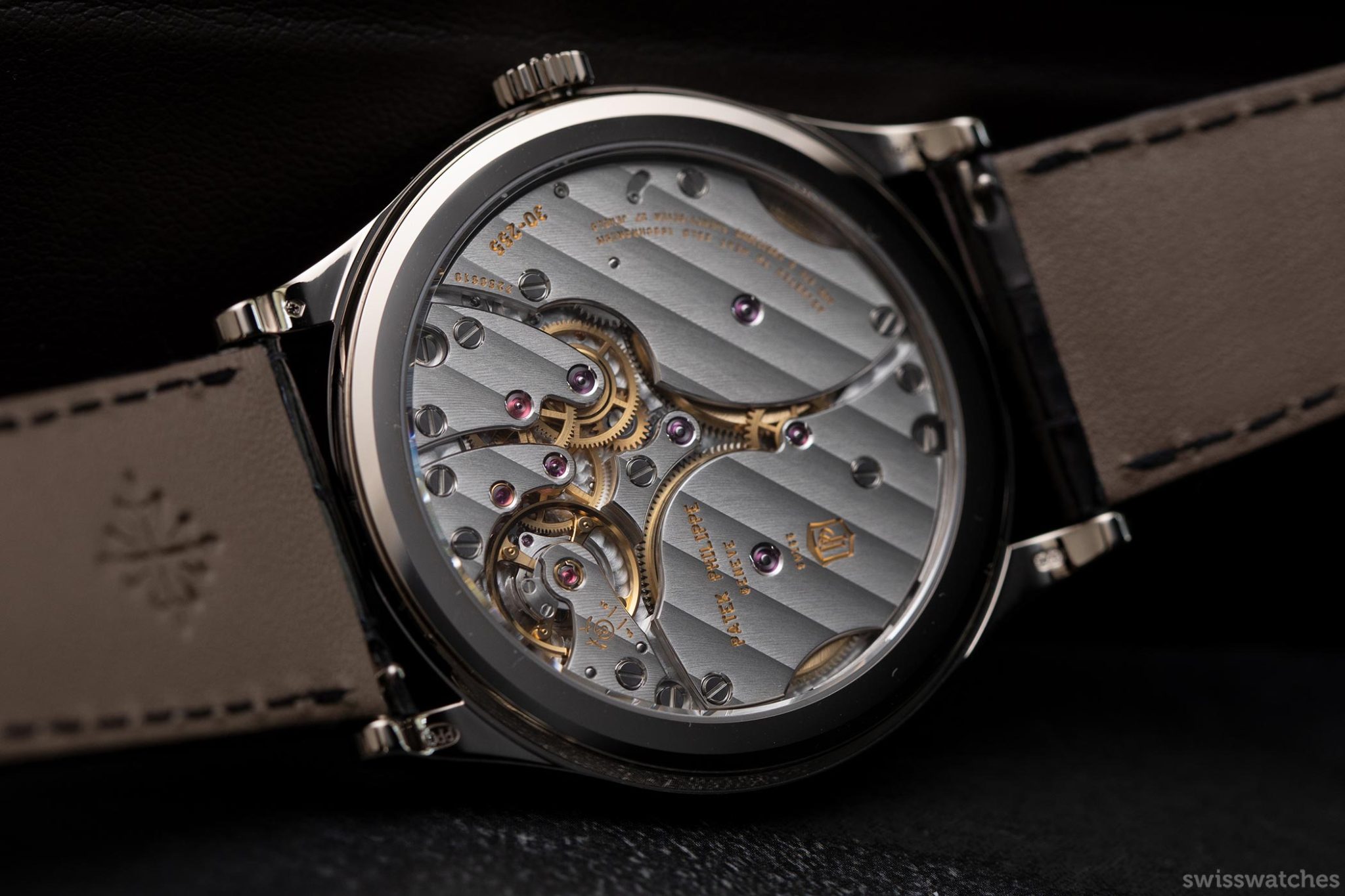
That’s all changing for now with the new calibre, which measures 30.4 mm (up from 21.65 mm) in diameter – while still measuring only 2.55 mm in height. Patek Philippe definitely did not want to compromise on height. The larger calibre diameter not only ensures that the movement presents itself harmoniously through the sapphire crystal caseback. Rather, it also creates space for two barrels that are connected in parallel and run synchronously, thus increasing the power reserve from 44 to 65 hours. The overall height of the new 6119 models (including case) is just 8.1 mm.
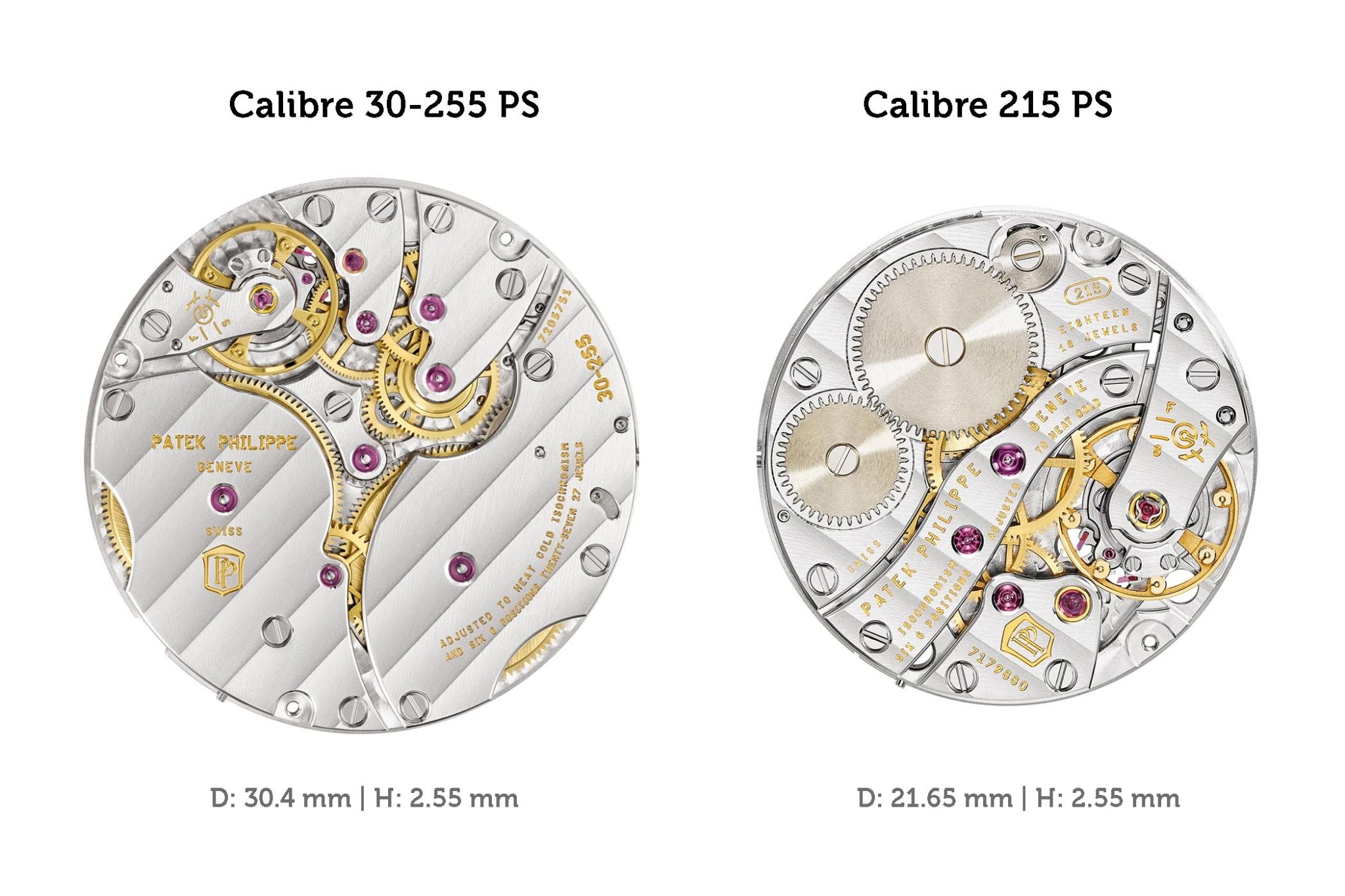
According to Patek president Thierry Stern, the initial intention was to develop a bigger movement that finally fits the case. As the Patek customers love their Patek manually wound timepieces, it was also clear to them that the automatic movement had to be replaced. To make the most use of the larger caliber, they decided to add another mainspring barrel that both work synchronously and offer a longer power reserve. Stern also gives cause for future speculations: the new calibre could also be used in a 37 mm or 38 mm case, but it also has enough power to house some more functions in the future.
6119G and 6119R: Competition and prices
The Reference 6119G and Reference 6119R both cost 25,510 euros. By way of comparison, the aforementioned white-gold version of the Endeavour Seconds (Ref. 1200-0200) from H. Moser & Cie. costs 19,900 Swiss francs. Elsewhere, the Vacheron Constantin Patrimony Automatic (Ref. 85180/000G-9230) in white gold with date display is currently asking 27,800 euros. The Saxonia (Ref. 216.027) from A. Lange & Söhne in white gold costs 18,400 euros, and a comparable Breguet like the Classique 7147BB is around 20,800 euros. However, also Chopard’s L.U.C XPS (Ref. 161948-1001) at 16,500 euros or Jaeger-LeCoultre’s Master Ultra Thin Small Seconds (Ref. 1212510) at 15,300 euros are indeed strong opponents.
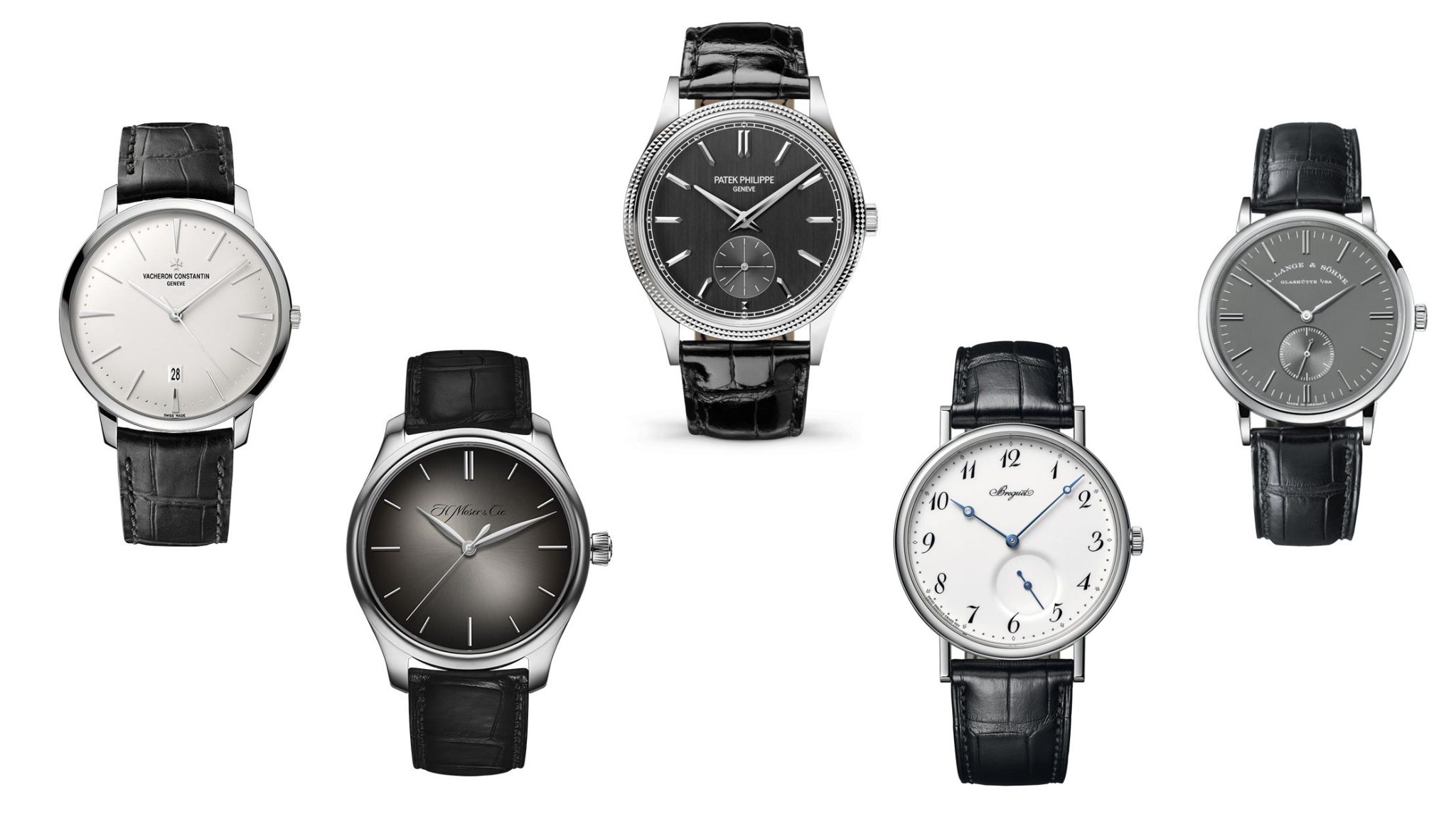
In this sphere of some of the world’s finest dress watches with very different looks, the two new Calatravas stand out because the designation “dress watch” is actually not enough for them. Of course, they go perfectly with a suit. However, they not only enhance a tailored suit, but also a more relaxed outfit. They’re not there for one to wear at the beach or doing sports, of course. However, with all their sophistication, they’re absolutely suitable for everyday wear – at least for the kind of everyday life that Patek Philippe owners are normally likely to lead.

The Reference 6119 therefore is more than worthy of continuing the great Calatrava tradition. There may already be similar models, and there are certainly purer, more Bauhaus-like variations that do without the comparatively flamboyant Clous de Paris, but the way these two watches present themselves at their world premiere makes them – at least in the eyes of this beholder – probably the most attractive Calatrava duo in the existing collection.
FEATURES
Reference 6119R-001
Rose gold
Height: 8.1 mm
Charcoal grey, vertical satin finish
6119R:
Silver, grained
Chocolate brown leather alligator
